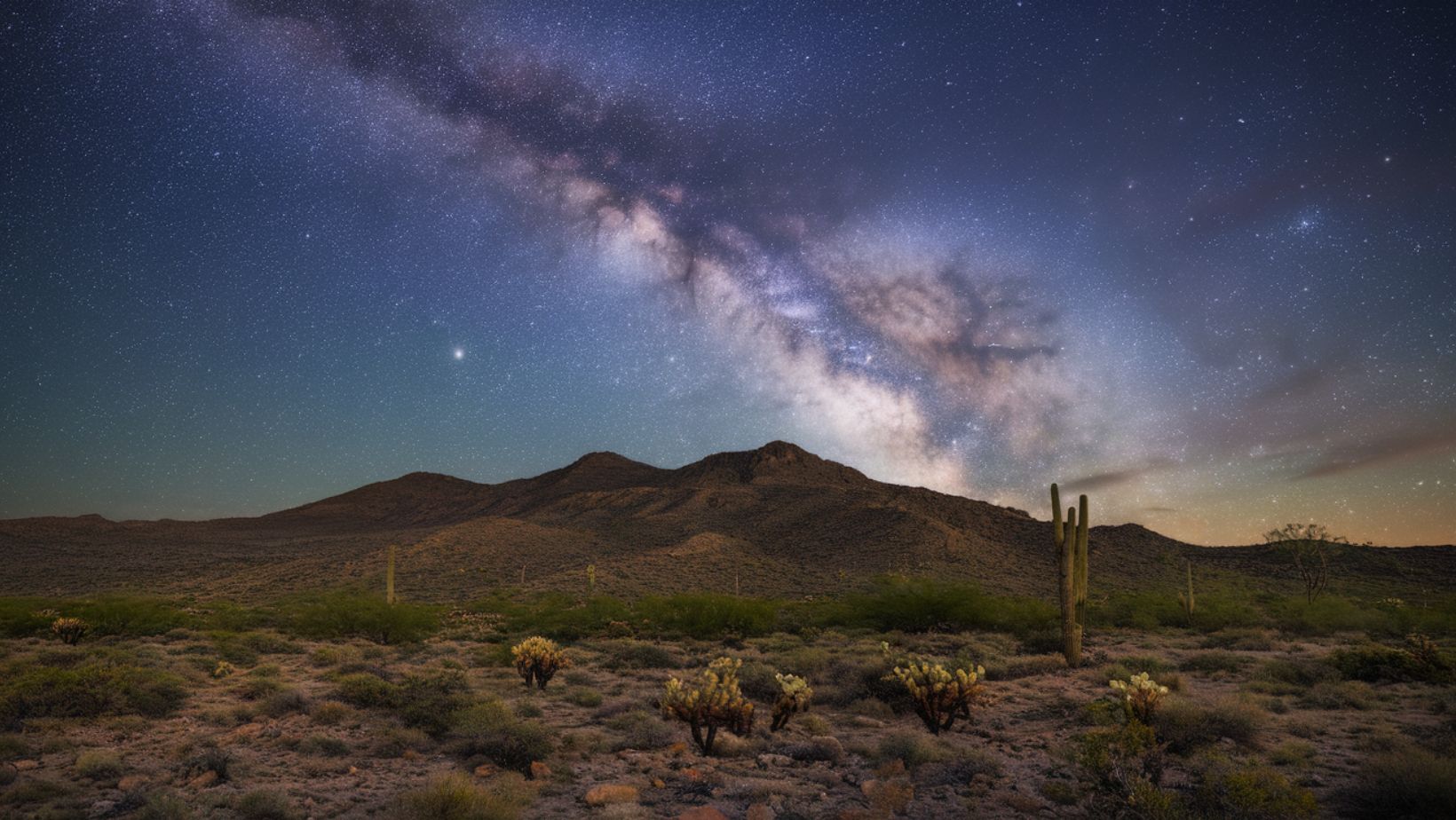Have you ever wondered where you can find some of the darkest skies in America? What if there was a place where ancient trees whisper tales of millennia gone by, while the Milky Way stretches across the heavens in crystal-clear brilliance? Deep in the heart of Nevada lies a hidden gem that astronomical enthusiasts and nature lovers have been keeping secret. Welcome to Great Basin National Park, where the stars seem close enough to touch and the night sky tells stories that have captivated humans for generations.
Wheeler Peak Summit Trail Offers the Most Elevated Stargazing Experience in Great Basin
At an impressive elevation of 13,065 feet, Wheeler Peak summit trail provides unparalleled access to the night sky. According to park astronomers, the high altitude and minimal light pollution create perfect conditions for stellar observation. Visitors can witness up to 6,000 stars on a clear night, compared to the mere dozens visible in most urban areas. The trail also offers proximity to the ancient bristlecone pine grove, where some trees have stood sentinel under these same stars for over 4,000 years.
Mather Overlook Presents the Perfect Balance of Accessibility and Dark Sky Quality
Located along Wheeler Peak Scenic Drive at 9,000 feet, Mather Overlook has become a favorite among astrophotographers and casual stargazers alike. The site features specialized concrete pads designed for telescope mounting and offers panoramic views of the Great Basin Desert below. Recent studies show that the overlook experiences less than 2% of the light pollution found in major cities, making it ideal for observing celestial phenomena like meteor showers and planetary conjunctions.
Baker Archaeological Site Combines Cultural Heritage with Premium Stargazing Opportunities
The Baker Archaeological Site, situated near the park’s eastern boundary, provides a unique blend of cultural history and astronomical observation. This location not only offers excellent dark sky conditions but also connects visitors to the ancient Fremont peoples who once studied these same stars. The site’s elevation of 5,300 feet provides a stable atmospheric environment, minimizing stellar distortion and making it particularly suitable for deep-space object viewing.
The Park Has Been Designated as an International Dark Sky Park Since 2016
Great Basin National Park’s commitment to preserving natural darkness has earned it the prestigious International Dark Sky Park certification. The park maintains strict lighting guidelines, with all external lighting required to be fully shielded and directed downward. This dedication has resulted in consistently clear views of the Milky Way, with measured sky brightness levels averaging 21.8 magnitudes per square arcsecond – approaching the natural limit of darkness possible on Earth.
Advanced Facilities and Programs Make Stargazing Accessible to Everyone
The park’s astronomy program has grown significantly, featuring a state-of-the-art observatory equipped with a 28-inch telescope. Regular ranger-led programs accommodate more than 30,000 stargazers annually, while special events like the Astronomy Festival in September attract enthusiasts from across the globe. The park also provides specialized photography workshops, teaching visitors how to capture the majesty of the night sky using both professional and consumer-grade equipment.
